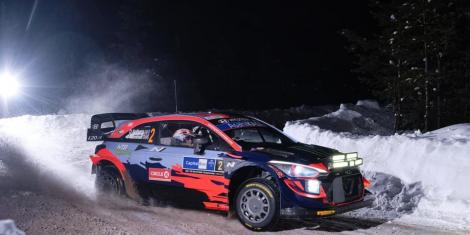
The hype and energy is certainly building up as Kenyans cannot wait to indulge in a rally spectacle set for the beautiful rural lands of Naivasha. Finally! Safari Rally is back and this time round, bigger and better with the inclusion of an all-woman team.
History already taking center stage. More to that, young Kenyans alike will witness the great event live for the first time since 2002. Oh yes it has definitely been a long time coming.
As we buckle up for Naivasha's muddy puddles and harsh terrain… let's get you geared up with some rally terminology that will have you on the right track;
- Legs
This is basically Different stages all put together. A leg usually runs in one day and in this case, a typical Safari Rally event consists of three legs ; Friday, Saturday and Sunday (the first one may start on Thursday evening). More to that, before and after the legs, the cars have to come in for service.
- Zero Car.
This can also be referred to as the opening or course car. It usually gives off the warning sign to spectators that the race is about to start (usually 10 minutes before the green light for the competing cars). All this is done whilst giving spectators a glimpse of what is generally expected. Let's term it as the 'Appetizer'.
- Stop Control.
This is right at the end of the race roughly 200 to 400 meters where all rally cars have to stop and get their time recorded on their specific Time cards.
- Road Sections.
More often, these are public roads where all traffic laws must be adhered to but highly serve to link the special stages together within the rally route.
- Left Foot Braking.
As we get to the action bit, this is a technique that sees the driver use his/her left foot to operate the brake pedal whilst still using the right foot to operate the throttle. You'll be seeing this as the cars approach corners.
- Reconnaissance (recce)
This is done by the designated rally teams, once or twice before the rally majorly to have a mapped out idea of the terrain and rally route.
